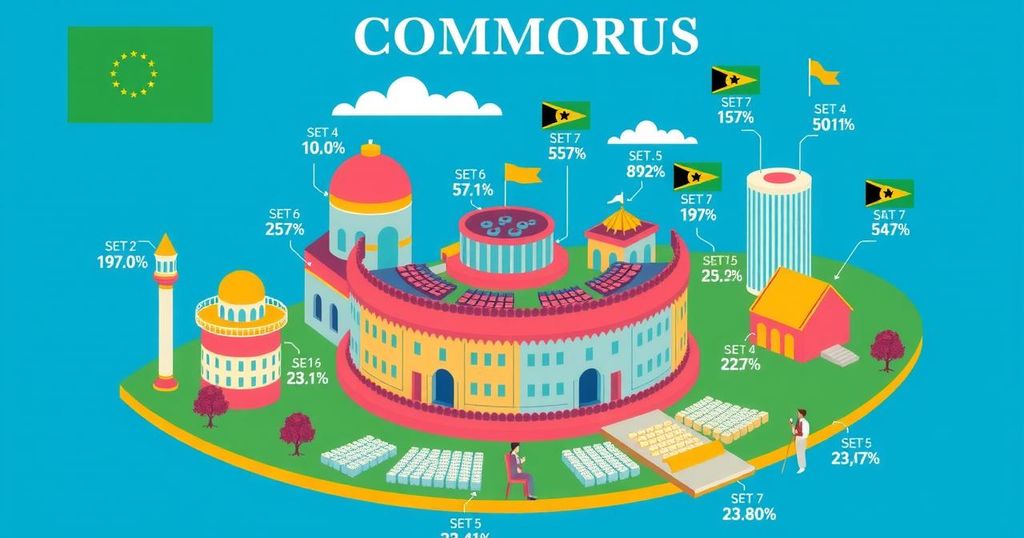The Islamic State in Somalia, affiliated with ISIS, emerged in 2015 amidst a backdrop of local jihadist activity. Led by Sheikh Abdulqader Muumin, the group has relied on extortion and ties to regional clans for financing. Recent counter-offensives have significantly diminished the group’s presence, although it remains operational and poses challenges to local authorities.
The Islamic State in Somalia is an affiliate of the global jihadist group Islamic State, also known as ISIS, established in Puntland since 2015. The group gained notoriety early on, being the focus of the first foreign military operation of the Trump administration in February 2025. Previous connections have been noted with planned attacks on both the Vatican and the Israeli embassy in Stockholm, as analyzed by Stig Jarle Hansen, a researcher specializing in African jihadism.
Prior to the formation of the Islamic State in Somalia, al-Shabaab was the dominant jihadist group in the area, known for its extensive smuggling networks. Sheikh Abdulqader Muumin, who emerged from a splinter group, became the leader of the Islamic State in Somalia. The local Ali Suleiban sub-clan’s ties to smuggling and piracy played a significant role in the group’s initial success, exploiting Puntland’s long history of maritime trade and autonomy from the Somali government.
Muumin’s background includes time spent in Sweden and the UK before returning to Somalia, where he ascended within al-Shabaab, appearing in jihadist propaganda videos. In 2015, he left to lead the Islamic State in Somalia alongside Mahad Moalim. Following the 2017 suicide bombing of the Juba Hotel in Bosaso, the group pressured local businesses for protection money, establishing a major revenue source. The Islamic State in Somalia was officially recognized as a province in July 2018 and was linked to financial activities across East Africa, reportedly generating $2.3 million from various extortion activities.
Despite its financial activities, the Islamic State in Somalia’s operational capacity is often exaggerated. It has not controlled significant territories, with estimates of its numbers between 600 and 1,600, overshadowed by al-Shabaab’s presence. Additionally, the group’s connections to international attack plans appear weak. Claims that Muumin leads ISIS broadly lack evidence; traditionally, an Islamic State leader is required to belong to a tribe linked to the Prophet, and Muumin does not fulfill this criterion.
In January 2025, Puntland authorities initiated a successful counter-offensive against the Islamic State, receiving support from the US and the UAE. Significant victories saw approximately 70 Islamic State fighters killed and the fall of strategic bases. However, residual Islamic State fighters remain at large. Both Muumin and his deputy continue to evade capture, and remnants of the group could sustain operations through ongoing extortion and recruitment among local populations, particularly refugees.
Stig Jarle Hansen maintains a purely academic role without affiliations to any organization that would benefit from this content. This article is sourced from The Conversation, and the original publication can be found therein.
In summary, the Islamic State in Somalia, while emerging from established local jihadist groups and achieving a degree of notoriety, has faced significant setbacks recently due to counter-offensives. The group’s operational presence is less impressive than often portrayed, yet its financial capabilities remain a concern. Current leadership dynamics and recruitment potential suggest that while weakened, the group is far from eliminated, indicating ongoing risks in the region.
Original Source: www.inkl.com




